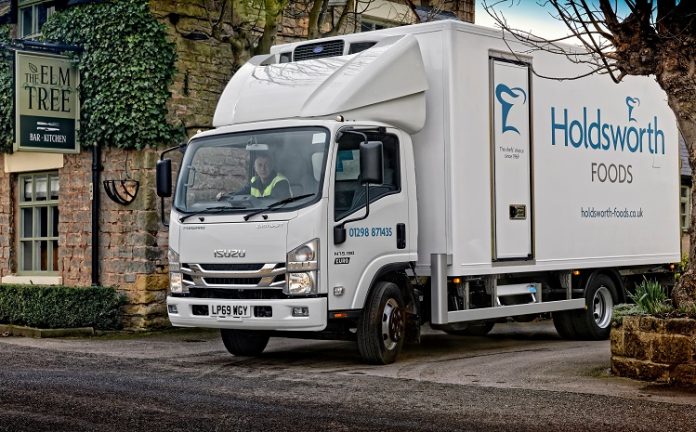Optimizing Fleet Management in the Food Delivery Business
Perhaps you already have a food delivery business running smoothly but need a few new vans to expand the company beyond its current size. Maybe you are just starting out and precise financial management is key to your success in the local food delivery sector. There’s also a chance that the last financial year didn’t end in the way expected.
The reasons that might make you consider better fleet management optimization are plenty, but the truth is much simpler. It’s never a bad time to optimize the fleet if there is an opportunity to do so. On that note, let’s go through a few proven methods to optimize fleet management in the food delivery business.
Train Your Inexperienced Drivers
Every fleet must have at least a few experienced drivers to handle the tricky deliveries and routes. At the same time, smaller companies may not be able to afford the cost of hiring well trained and experienced food delivery van drivers exclusively. Therefore, optimize your fleet’s performance by training your inexperienced drivers extensively in:
- Mandatory and recommended vehicle maintenance and driving safety standards
- Mandatory and recommended safe food handling standards
- Mandatory traffic rules and regulations that all drivers must follow on the road
- Mandatory and recommended company regulations which all drivers must adhere to while on duty
- Customer interaction etiquette
A combination of trained and experienced food delivery van drivers can help the company optimize their fleet management costs and road safety.
Optimize Commercial Van Insurance Management with Fleet Insurance
As long as the company has more than just one food delivery van operating in the United Kingdom, it’s eligible for fleet insurance. That being said, note that the financial advantages of choosing fleet insurance over individual commercial van insurance is more prominent for companies with a larger fleet. Any company that has a decent sized fleet of delivery vans should always opt for fleet insurance, rather than insuring each of their vans individually. In case you are not familiar with the advantages of fleet insurance coverage, just go through the following points.
Unification: Simplify the commercial van insuring process by unifying your entire fleet’s commercial insurance requirements under one policy. When all your delivery vans share the same insurance provider, policy, premium, and renewal date, managing things become naturally easier.
Optimization: Managing a single fleet insurance policy that covers all your delivery vans requires only a fraction of the time and effort that would be necessary to manage multiple commercial van insurance policies separately.
Savings: When you get fleet insurance, it will always cost a lot less in comparison to the cost of insuring each of your commercial vans individually. Also, future vans can be added to the me policy seamlessly with a greater discount.
Optimize Your Fleet Insurance by Comparing Quotes Online
Now that we know how fleet insurance can optimize the commercial van insurance process by saving money, time, and effort, it’s time to optimize the insurance policy itself for maximum savings. Instead of committing to a commercial van insurance provider right away, compare the different fleet insurance quotes from multiple insurers on a single online platform.
Fleet insurance is a highly lucrative and competitive field, and you should be able to use that in your favor to negotiate the best possible deal. An online platform also allows you to compare quotes from a much larger selection of fleet insurance providers across the UK.
Pay Attention to Fuel Cost Optimization
There are several ways to cut down on your fleet’s current fuel consumption rate and optimize the vans for better fuel efficiency. Let’s take a look at some of the most effective methods next.
- Install AI-assisted GPS systems on your food vans to optimize delivery routes in real time for lower fuel consumption.
- Install a smart thermostat inside each van to optimize internal heating/cooling for better fuel efficiency.
- Train all drivers on how they can lower fuel consumption by making maximum use of the van’s hybrid powertrain (when applicable).
Make a slow shift to hybrid vans
Fuel costs have skyrocketed recently, and they are unlikely to come down. It’s a result of the government’s push towards eliminating the need for fossil fuels by as much as possible, but that’s not all. Gas is expensive to import, it leads to sever pollution on multiple fronts, and most importantly, petroleum cannot be manufactured but only mined Although the industrial sector will not see a complete ban on petrol/diesel powered vans anytime soon, it will eventually happen.
More importantly, the price of fuel, the taxes, the cost of insurance, and the restrictions on fuel-only commercial vans will continue to increase exponentially every year. To prepare for the future and to cut down on your food delivery business’s total fuel consumption costs, start making a slow shift to hybrid vans (electric + fuel).

